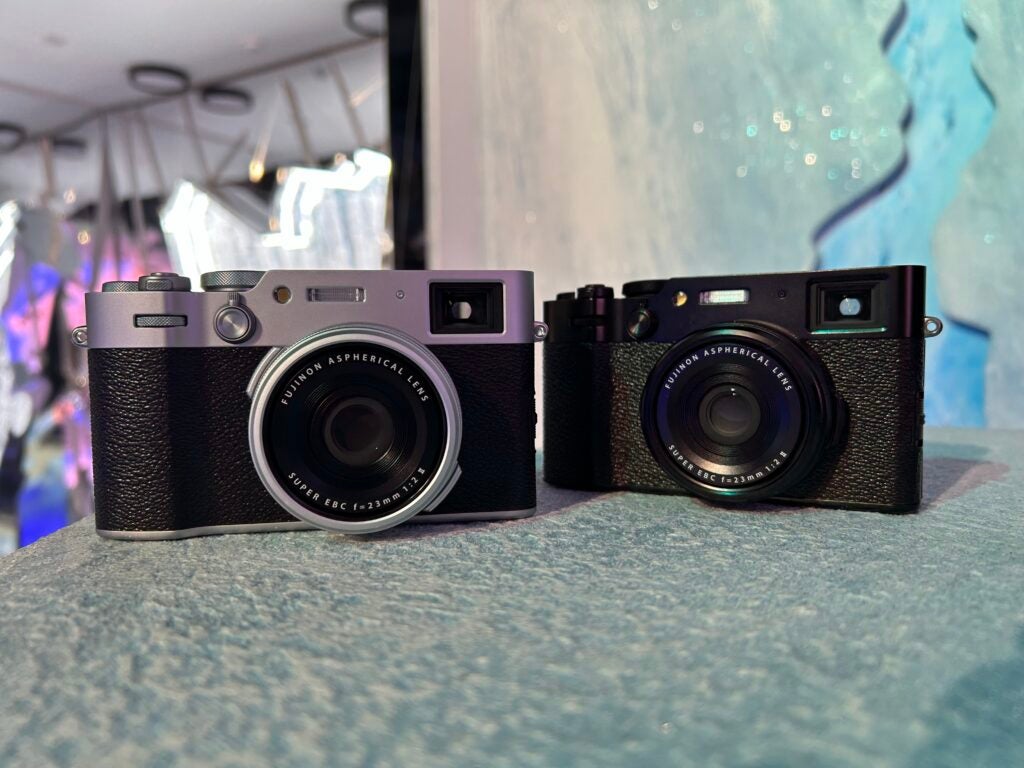Hannah Davies
2024-05-29 12:33:55
www.trustedreviews.com
Panasonic recently unveiled the Lumix S9, but how does the lightweight mirrorless camera compare to Fujifilm’s compact X100VI?
Both cameras are small and lightweight with 5-axis image stabilisation and capable autofocus systems.
Both also make it easy to share stills and videos out of camera with very little (if any) editing required. This is thanks to the film simulation modes on the X100VI and the Real Time LUT function on the Lumix S9, both of which include a variety of presets and the ability to create custom profiles.
That doesn’t mean there aren’t differences worth noting before you settle on one camera or the other. Keep reading to learn more about how the Panasonic Lumix S9 compares to the Fujifilm X100VI.
The Panasonic Lumix S9 has a full-frame sensor
One of the biggest differences between the Panasonic Lumix S9 and the Fujifilm X100VI is the size of the image sensor.
The Lumix S9 is fitted with a 24.2-megapixel full-frame CMOS sensor, while the X100VI features the 40.2-megapixel X-Trans CMOS 5 HR APS-C sensor. While the X100VI takes advantage of more megapixels for high-resolution stills, the Lumix S9 features a larger full-frame sensor for no crop factor and better low-light performance.

The Fujifilm X100VI includes a hybrid viewfinder
One of the most unique features found on the Fujifilm X100VI is the hybrid viewfinder.
The camera allows you to switch between an EVF and an OVF at the push of a button, displaying the image the sensor sees or outside of the frame depending on what you need at that moment.
The Panasonic Lumix S9, meanwhile, skips the viewfinder altogether. Instead, Panasonic has opted to stick with a screen for framing shots.
The Panasonic Lumix S9 supports multiple lenses
A true compact camera, the Fujifilm X100VI features a fixed lens design. This means you’re limited to the 23mm f/2 lens (35mm equivalent) that comes attached to the camera.
The Panasonic Lumix S9, meanwhile, features an interchangeable lens mount that is compatible with a couple of Panasonic lenses, including a 26mm f/8 pancake lens and an 18-40mm f/4.5-6.3 compact zoom lens.


The Fujifilm X100VI has more subject detection modes
Subject detection is available on both cameras, however the Fujifilm X100VI offers more modes. This includes faces, animals, birds, automobiles, motorcycles and bikes, airplanes, and trains.
The Panasonic Lumix S9 features automatic detection for humans, animals, cars, and motorcycles.
The Panasonic Lumix S9 comes in more colours
Finally, the Panasonic Lumix S9 comes in a wider variety of eye-catching colours, including Jet Black, Crimson Red, Dark Olive, and Night Blue.
The Fujifilm X100VI sticks with more classic-looking Black and Silver designs.




































































